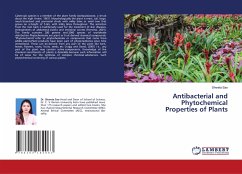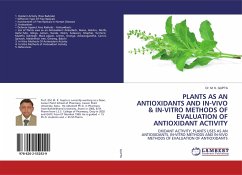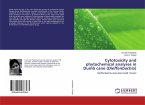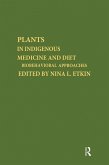Calotropis species is a member of the plant family Asclepiadaceae, a shrub about 6m high (Irvine, 1961). Morphologically the plant is erect, tall, large, much branched and perennial shrub with milky latex or small tree that grows on a height of 5.4m, with milky latex throughout. The secretion from the root bark is traditionally used for the treatment of skin diseases, enlargements of abdominal viscera and intestinal worms (Parrotta, 2001). The family contains 280 genera and 2000 species of worldwide distribution.Phytochemicals are plant or fruit derived chemical compounds. "Phytonutrients" refer to phytochemicals or compounds that come from edible plants.Plant products have been part of phytomedicines since time immemorial. These can be derived from any part of the plant like bark, leaves, flowers, roots, fruits, seeds, etc Cragg and David, (2001) i.e., any part of the plant may contain active components. Knowledge of the chemical constituents of plants is desirable because such information will be of value for the synthesis of complex chemical substances. Such phytochemical screening of various plants.
Bitte wählen Sie Ihr Anliegen aus.
Rechnungen
Retourenschein anfordern
Bestellstatus
Storno








